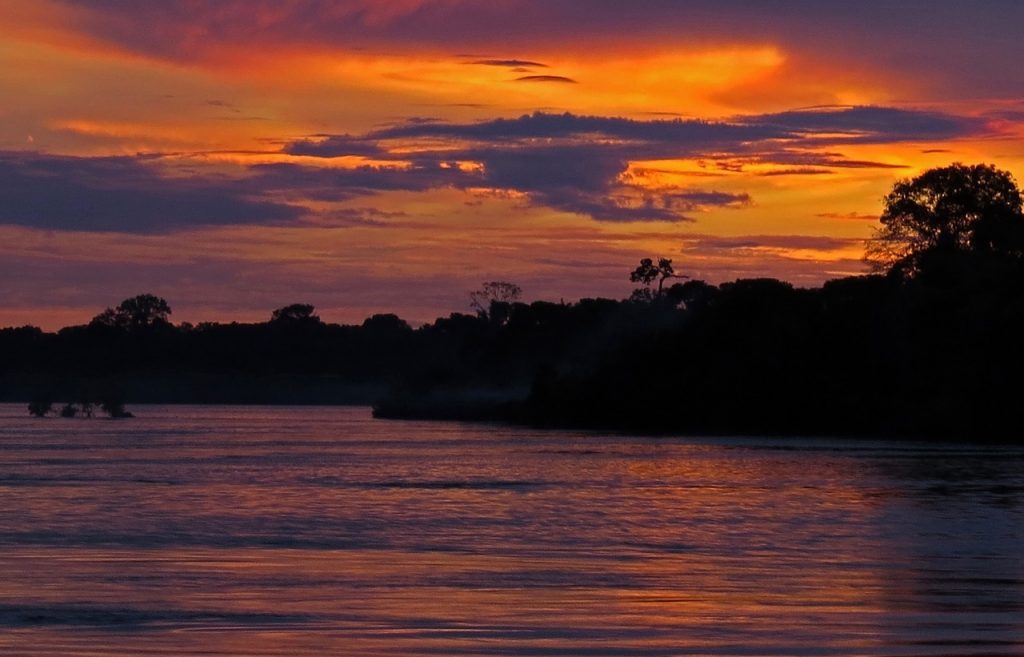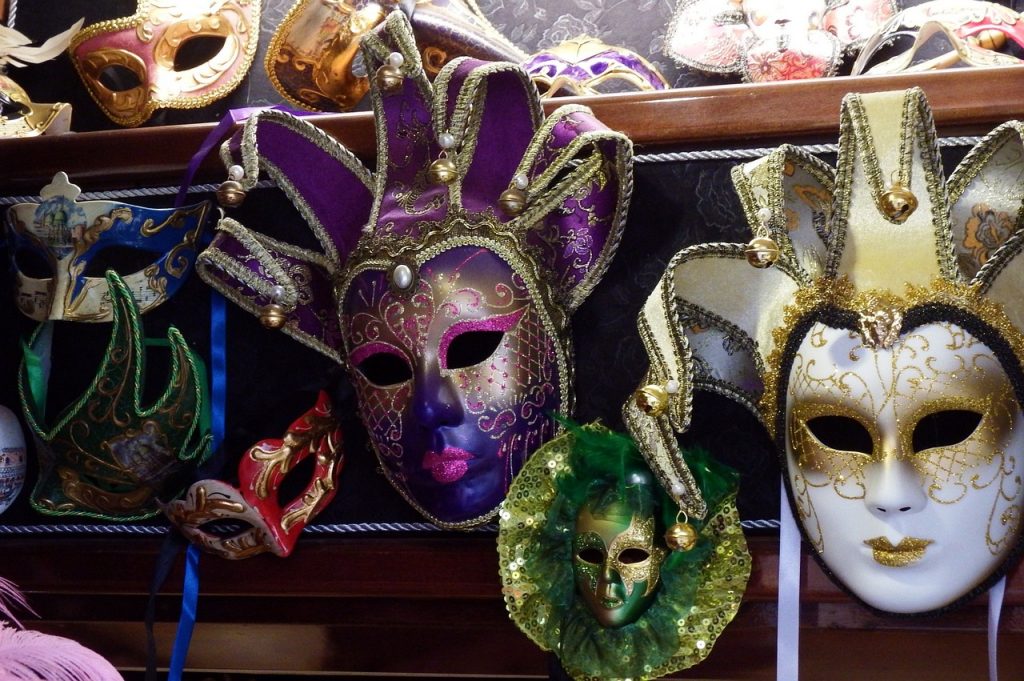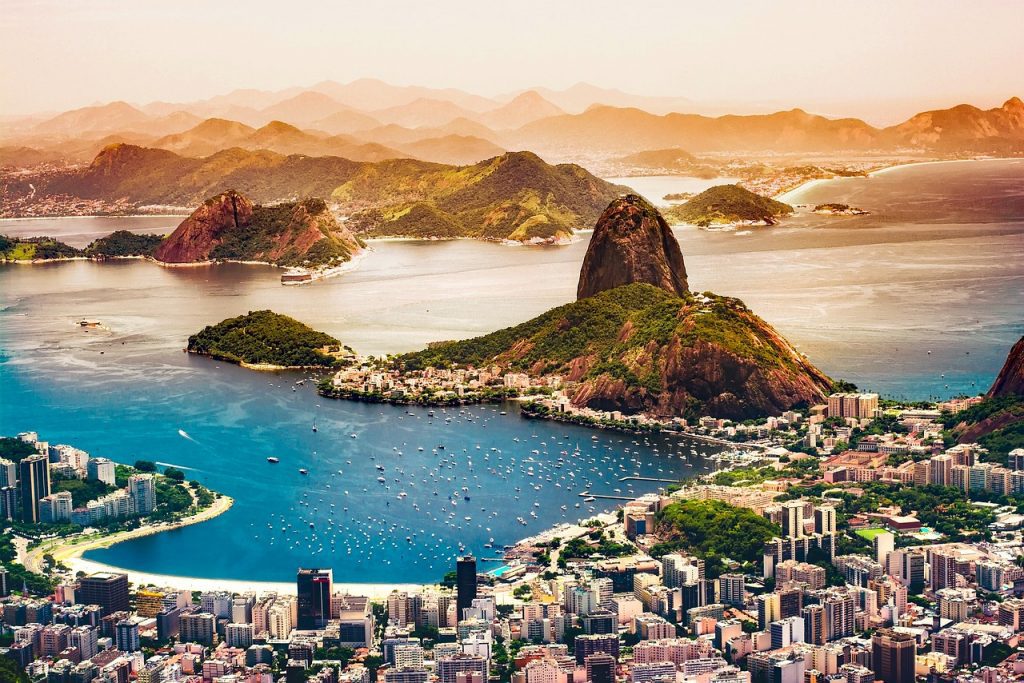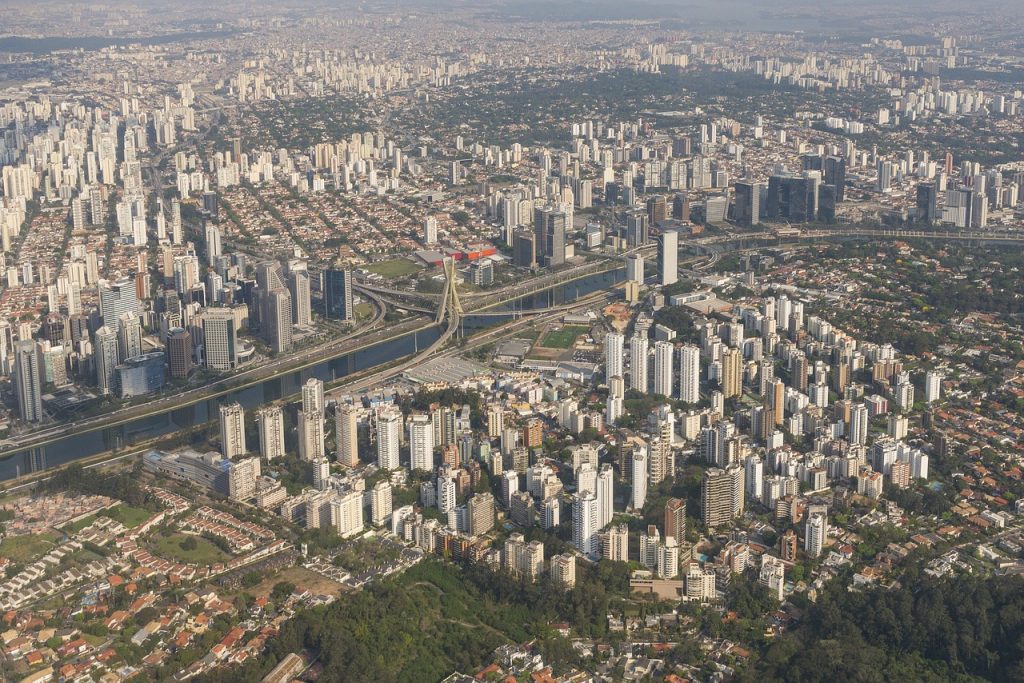Iguassu Falls is one of the world’s most awe-inspiring natural wonders. It stretches across the border between Brazil and Argentina. Brazil protects the falls as a national park known as Iguacu National Park. The falls, with their thunderous cascades and lush rainforest surroundings, are a testament to the raw power and beauty of nature. The driving question is when is the best time to visit Iguassu Falls on the Brazil side.
Most people will explore both sides of the falls. However, this is a look solely at the Brazilian side of the falls. Let’s delve into the climate conditions, and other factors to help you find the best time to see Iguassu Falls.
Best Time to Visit Iguassu Falls Based on the Weather
Summer (December to February):
Summer in Iguassu Falls brings warm and humid weather, with temperatures ranging from 70°F to 95°F (21°C to 35°C). This is considered the best time to visit the falls due to the abundant rainfall that sustains their grandeur. The rainforest is at its lushest, and the water levels in the falls are at their peak, creating a spectacular display of power and beauty. However, be prepared for occasional heavy rains and the possibility of crowds.
Autumn (March to May):
As autumn arrives, temperatures become more comfortable, ranging from 64°F to 86°F (18°C to 30°C). While the water levels in the falls begin to decrease, the surrounding foliage starts to change colors, offering a unique perspective of the rainforest. This is an excellent time to visit if you prefer milder weather and fewer tourists.
Winter (June to August):
Winter in Iguassu Falls brings drier and cooler weather, with temperatures ranging from 50°F to 73°F (10°C to 23°C). The falls themselves are still impressive, but the surrounding rainforest may appear less vibrant compared to other seasons. However, winter is a fantastic time for birdwatching, as many migratory species visit the area.
Spring (September to November):
Springtime marks the transition to warmer weather, with temperatures ranging from 61°F to 86°F (16°C to 30°C). The falls begin to regain their splendor as the rains return. The rainforest flourishes, and wildlife becomes more active. Spring is a great time to witness the region’s rejuvenation.
Best Time to Visit Iguassu Falls Based on Prices and Crowds
High Season (December to February):
Summer is Iguassu Falls’ high season due to the impressive water levels and lush rainforest. Prices for accommodations, tours, and activities can be at their highest during this period. To secure your preferred accommodations and avoid disappointment, it’s advisable to book well in advance.
Low Season (June to August):
Winter is considered the low season in Iguassu Falls. While the falls remain captivating, prices for accommodations and tours tend to be more budget-friendly. Fewer tourists visit during this season, allowing for a quieter and more intimate experience with nature.
Exploring Iguassu Falls Wilderness Experiences
Iguassu National Park: This UNESCO World Heritage-listed park surrounds the falls and offers various hiking trails through the rainforest. Exploring the park’s trails is a must-do activity, providing opportunities to spot unique flora and fauna.
Rappelling: Take a rappelling trip down the Brazilian side of the canyon and get a different and personal view of the falls. You must be comfortable with heights as you hang on a rope working your way down the side of the canyon wall and gazing across the canyon at the falls.
Wildlife Watching: The rainforest around Iguassu Falls is home to diverse wildlife, including toucans, jaguars, and capybaras. Birdwatching and wildlife spotting are popular activities year-round.
What Is the Best Time to Visit Iguassu Falls and Why?
The best time to visit Iguassu Falls on the Brazil side depends on your preferences and what you hope to experience. If you’re eager to witness the falls in all their majestic glory, the summer months of December to February are ideal. During this time, the abundant rainfall ensures the falls are at their most powerful, and the rainforest is in full bloom. However, be prepared for occasional heavy rains and more tourists.
For those seeking a more tranquil experience and milder weather, the shoulder seasons of autumn and spring offer a beautiful compromise. You’ll still witness the falls’ beauty, but with fewer crowds and pleasant temperatures. Winter is perfect for birdwatching and those who prefer a quieter visit to the rainforest.
In conclusion, Iguassu Falls is a natural wonder that captivates visitors year-round. Whether you’re marveling at the falls’ grandeur, hiking through the lush rainforest, or encountering diverse wildlife, each season in Iguassu Falls has its unique charm. So, when is the best time to visit Iguassu Falls? It’s a matter of your interests and the kind of experience you desire.
Experience the enchantment of Iguassu Falls in summer, autumn, winter, or spring—it’s a journey that promises awe-inspiring natural beauty and unforgettable memories.
Photo Credits:
Phillip Imler, President





